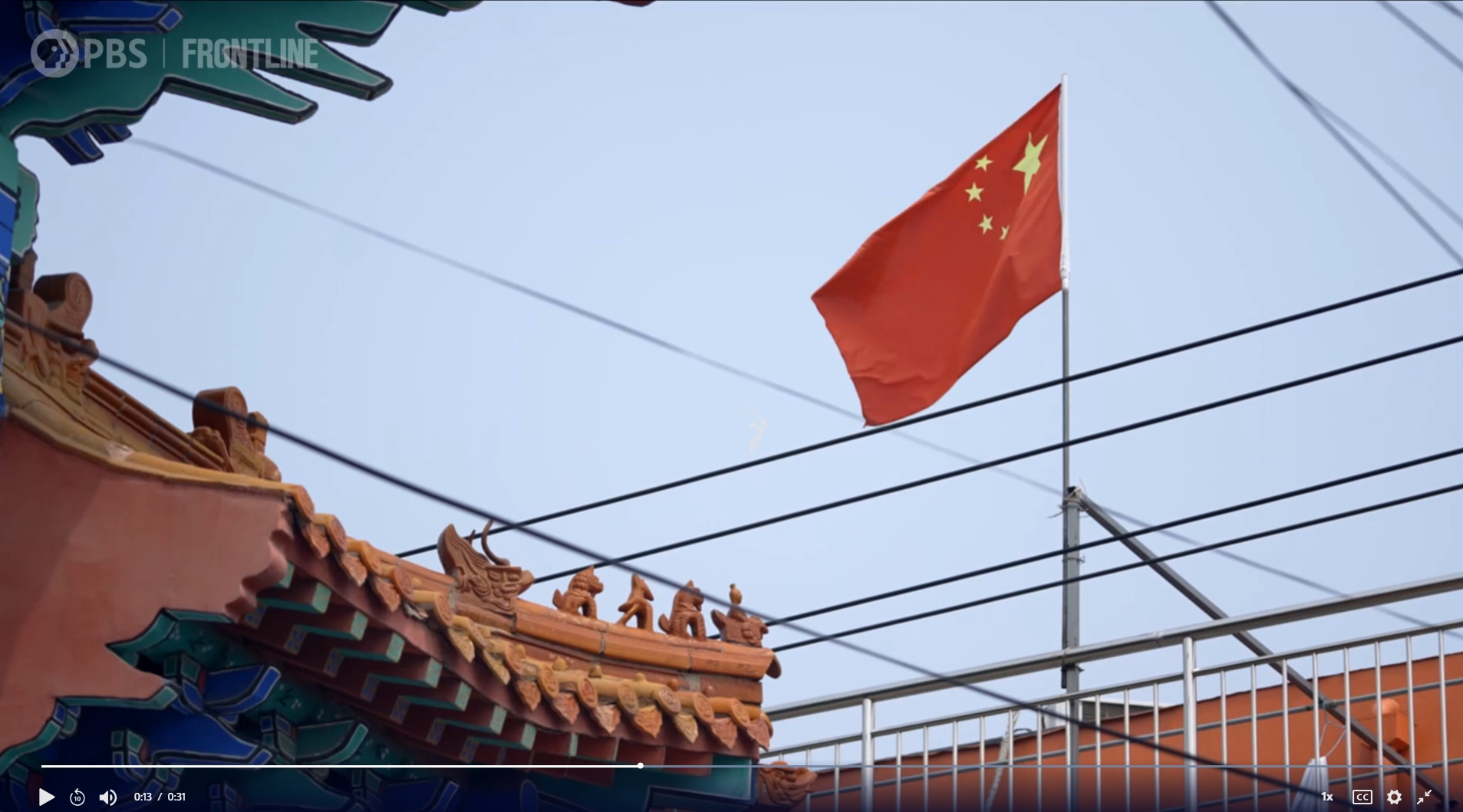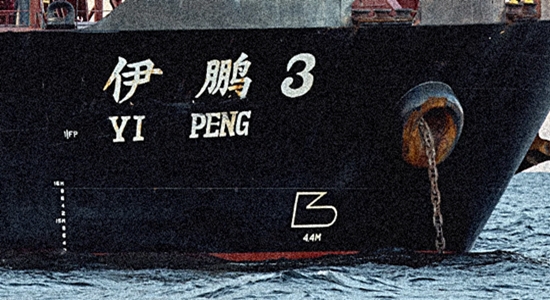
The president of the Philippines seems to have learned from what happened after other political leaders declared red lines, lines crossed without the consequences promised by the declarers.
If China’s endless shoving and spraying and ramming of Philippine vessels in the South China Sea ends up killing a Filipino, what happens then?
Somebody’s aggression
Speaking at a recent defense summit in Singapore, Ferdinand Marcos Jr. (shown above) criticized in a general way the continuous aggression in the waters near the Philippines, aggression conducted by a party that he apparently did not name explicitly but that can only be China.
The Philippines and other countries in the region want and envision “peace, stability, and prosperity” in the region (Reuters, May 31, 3024). “Unfortunately,” says Marcos, “this vision remains for now a distant reality. Illegal, coercive, aggressive, and deceptive actions continue to violate our sovereignty, sovereign rights, and jurisdiction.”
He is alluding, Reuters notes, to encounters “between the Philippines and China in Asia’s most contested waters [that] have grown more tense and frequent during the past year as Beijing presses its claims to shoals in waters that Manila says are well within its exclusive economic zone.
“China’s coast guard has stepped up so-called ‘grey-zone’ activities such as use of water cannons, collisions and ramming tactics to try to stop Philippine resupply and patrol missions. It has also deployed fishing boats that the Philippines and its allies consider militia.”
Marcos has been more explicit about which country is the bad guy on other occasions. In the same article, though, Reuters also quotes him as attributing the regional woes in part to big-power rivalry in the region—the rivalry between China and the United States—a rivalry that would not exist but for China’s aggressiveness.
“Their rivalry is constraining the strategic choices of regional states,” he says. “Their contest is exacerbating flashpoints and has created new security dilemmas.”
This statement echoes the stance of the Chinese government. During a meeting in Singapore with China’s defense minister, Dong Jun, U.S. Defense Secretary Lloyd Austin “underscored the importance of freedom of navigation under international law, especially in the South China Sea…. Dong responded by telling Austin that the United States was stoking tensions through its military presence in the region, his spokesperson told reporters.”
Think about it
If President Marcos is being quoted accurately about how U.S.–China rivalry is “constraining strategic choices” and “exacerbating flashpoints” and creating “new security dilemmas,” he should be invited to conduct a thought experiment in which the United States leaves the area and does nothing further in response to whatever China now does in the South China Sea.
Do the flashpoints disappear and do the strategic choices available to the Philippines and other regional states suddenly expand and multiply? Deprived of the provocative presence of the U.S. military, does China now announce: “That’s all we really wanted, everybody; we are withdrawing all of our own ships and men from the vicinities of these other countries and will chronically bully them no more”?
So these comments by Marcos about how the U.S. is also exacerbating things are a lapse. On the other hand, there’s his virtual red line, a line that would be crossed only by China, not by the United States. The United States military isn’t ramming any Philippine vessels or aiming lasers or water cannons at any Philippine vessels.
After President Marcos gave his talk at the Singapore summit, a reporter asked him “whether China would be crossing a ‘red line’ if one of its coast guard ships killed a Filipino with water cannons.”
His answer: “If a Filipino citizen was killed by a willful act, that is very close to what we define as an act of war. We would have crossed the Rubicon. Is that a red line? Almost certainly.”
Not an act of war, but very close. Not certainly a red line, but almost certainly.





